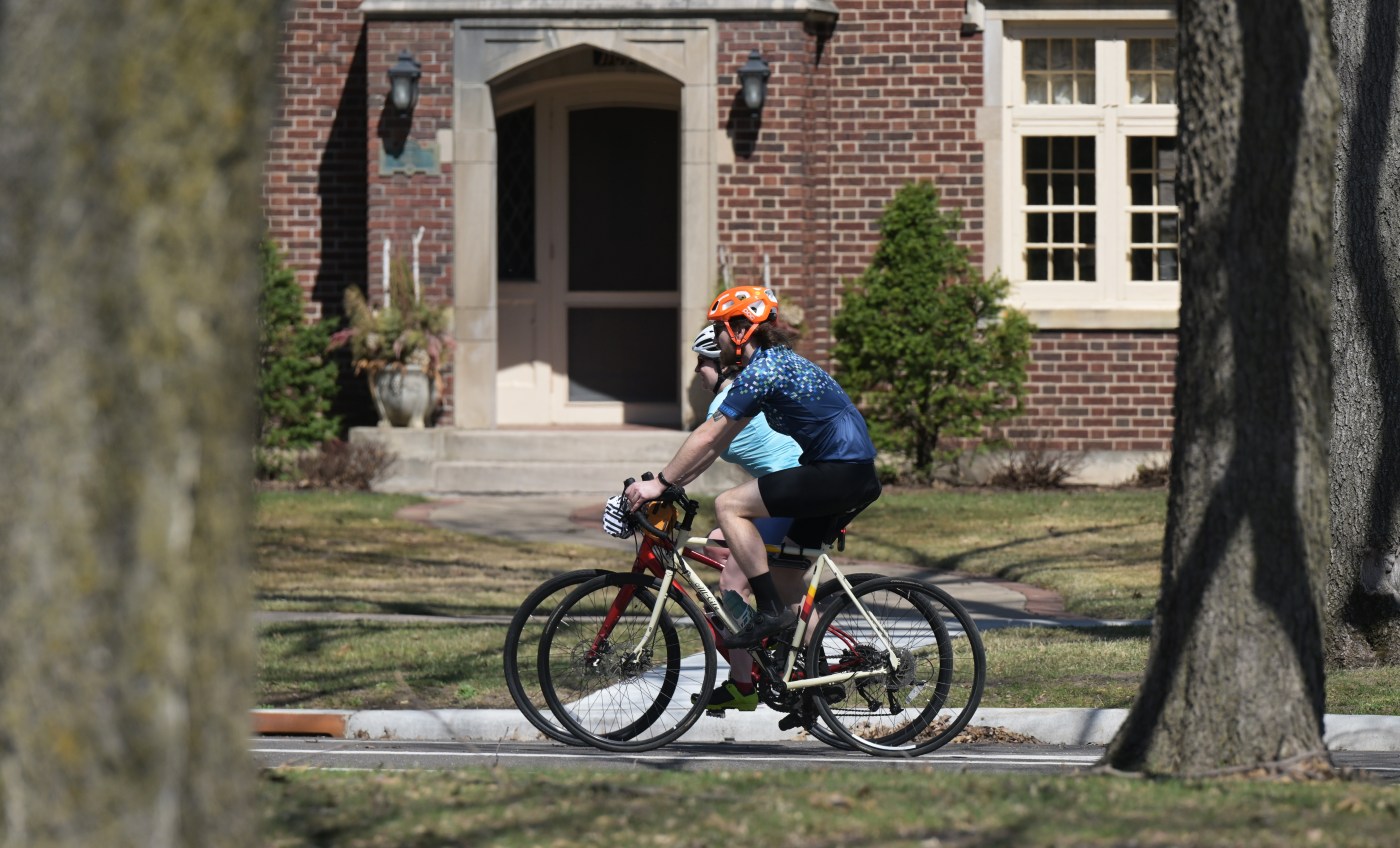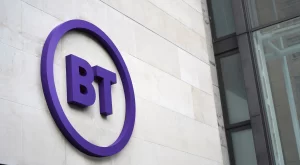
Friday hearing scheduled on St. Paul’s plan for more off-street bike trails
Off-street, separated bikeways have drawn their share of fans and critics in St. Paul, nowhere more so than along Summit Avenue, where the city plans a 4.7-mile regional trail level with the sidewalk and protected from cars by curbs and parking.
The city’s recently-updated draft Bicycle Plan calls for more of the same along many of St. Paul’s busiest streets. The bike plan, now before the St. Paul Planning Commission, emphasizes that separated bikeways are consistent with national recommendations and best practices, and they’re a stronger, safer draw for cyclists of all ages and all abilities than traditional in-street lanes that place cyclists alongside drivers.
The city has added 65 miles of bikeways since the existing bike plan rolled out in 2015, including major network additions to the St. Paul Grand Round, the downtown Capital City Bikeway and the Highland Bridge development. That makes 218 miles of bikeways in the capital city as of December. Still, focusing on separated bikeways — especially off-street — marks a turning point.
Plans call for 140 miles of additional bikeways by 2040, many of them at sidewalk level and funded by the city’s new 1% sales tax, which will reconstruct 44 miles of arterial streets.
The city has received “significant feedback” on the plan, and officials expect a healthy turnout during a Friday public hearing before the Planning Commission.
“This is an ambitious bike plan that includes off-street separated bikeways and paths along streets with higher traffic volumes. This plan aligns with our St. Paul goals to be a multi-modal city,” St. Paul Public Works Director Sean Kershaw said. “We are trying to build a sustainable network that connects our city and attracts new people riding bikes. We have heard repeatedly from many community members that they want to ride their bike but feel unsafe doing so in the current painted on-street bike lanes.”
The 8:30 a.m. Friday hearing figures to draw critics who argue much the opposite. Removing bikes from the road could create more conflicts with driveways, pedestrians and turning cars. Moreover, they say adding bike corridors will narrow streets and reduce boulevard trees and parking, forcing homeowners and small business patrons to walk even farther to get to their destination.
“Let’s be sure that the Planning Commission hears from us,” reads an email notice from organizers behind S.O.S., or Save Our Street, who have opposed the planned bikeway along Summit Avenue.
“We need to protect the mature tree canopy,” it goes on to say. “Retaining existing on-street bike lanes is the safer approach. We want bike lanes marked for higher visibility and driving lanes narrowed to add more buffer and slower traffic everywhere in the dense city neighborhoods. Parking needs to be preserved as an accessibility right.”
“One size does not fit all. How does putting separated bike trails in the vast majority of places meet the requirement for context-based design? … Have the target neighborhoods been asked or expressed an interest in having these new trails built?”
Ed Steinhauer, who frequently bikes Summit Avenue, said he’s happy that the bike plan “doubles down” on expanding the city’s burgeoning network of separated bike paths, which will make it easier for more residents to leave their vehicles at home.
“Ever since the ‘SOS!’ lawn signs went up, I feel that cyclists are blamed for being an existential threat to an entire neighborhood,” Steinhauer said by email. “I take umbrage at that. Quite a lot of people in authority are reaching the conclusion that taking cars off the road might be a fine idea. I do that every day.”
Steinhauer noted that Summit Avenue narrows as it approaches the University Club and Ramsey Hill, creating something of a pinch point for cyclists. That, and limited snow removal along the in-street bike lanes, reduces safety for bikers, he said.
“Drivers routinely turn right across my path moments after passing me, as if they ‘didn’t notice’ me there,” he wrote. “But worst of all is the lack of snow removal. The stuff that accumulates in cars’ wheel wells routinely winds up dropping in the parking lane, only to get churned by car tires as they cross the bike lane. It’s nasty.”
For more information, visit stpaul.gov/bikeplan.
Related Articles
Apartment values plunge as Twin Cities developers face tough regulations, high interest rates
Photos: The Winter Carnival Grande Day Parade takes over St. Paul with new and familiar faces
The new Queen of the Snows wants you to know it’s never too late to go for it
Service, unity and snowballs: meet the Winter Carnival’s newest King Boreas
Letters: Odd notion of ‘diverse’


